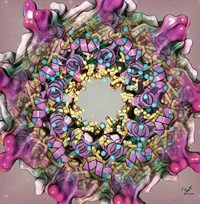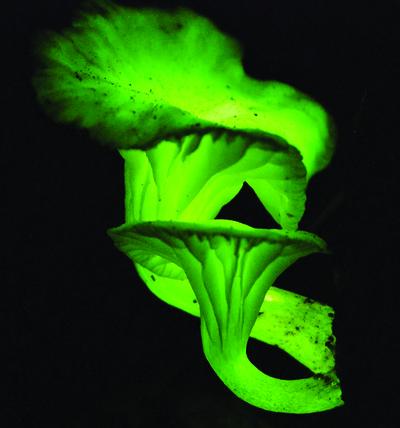Advertisement
Grab your lab coat. Let's get started
Welcome!
Welcome!
Create an account below to get 6 C&EN articles per month, receive newsletters and more - all free.
It seems this is your first time logging in online. Please enter the following information to continue.
As an ACS member you automatically get access to this site. All we need is few more details to create your reading experience.
Not you? Sign in with a different account.
Not you? Sign in with a different account.
ERROR 1
ERROR 1
ERROR 2
ERROR 2
ERROR 2
ERROR 2
ERROR 2
Password and Confirm password must match.
If you have an ACS member number, please enter it here so we can link this account to your membership. (optional)
ERROR 2
ACS values your privacy. By submitting your information, you are gaining access to C&EN and subscribing to our weekly newsletter. We use the information you provide to make your reading experience better, and we will never sell your data to third party members.
Analytical Chemistry
Uncovering A New Chlorophyll
Natural Products Chemistry: Researchers find a fifth type of the ubiquitous pigment in coastal Australia
by Sarah Everts
August 23, 2010
| A version of this story appeared in
Volume 88, Issue 34

For the first time in more than 60 years, researchers have found a new kind of chlorophyll, the pigment used by both plants and bacteria to catch sunlight and convert it into energy by means of photosynthesis (Science, DOI: 10.1126/science.1191127).
The newly christened chlorophyll f was found in cyanobacteria living in rocky outcroppings off the west coast of Australia. It absorbs redder wavelengths of light—stepping beyond the visible to the infrared range—than its four chlorophyll siblings and thus widens the spectrum of light known to be harvested by photosynthetic organisms. The finding might be exploited by those aiming to use biotechnology to produce renewable energy from light.
The discovery of this fifth chlorophyll pigment was “totally unexpected,” says Min Chen, a biochemist at the University of Sydney, who led the study. The last time a chlorophyll pigment was discovered was in 1943. For decades, most researchers thought this chlorophyll d was actually a laboratory artifact because it could not be reproducibly found in nature. Then in 1996, Japanese researchers finally discovered a cyanobacterium that carries out photosynthesis primarily with chlorophyll d, which also absorbs in the infrared.
Chen and her colleagues were looking for microorganisms that produce chlorophyll d in an Australian coastal area called Hamelin Pool when they unsuspectingly collected bacteria that produce chlorophyll f. In the shallow waters of Hamelin Pool, biofilms of cyanobacteria form hard, rocky structures called stromatolites. The researchers picked up some of the stromatolites, ground them up, and cultured in red light the cyanobacteria growing inside them, only to discover that they were producing chlorophyll d as well as an unknown pigment, chlorophyll f, whose structure they elucidated using nuclear magnetic resonance spectroscopy.
Chlorophyll f differs only slightly from chlorophylls a, b, and d. Its uniqueness primarily involves placement of a formyl group on carbon-2 of the pigment molecule, whereas the same formyl group resides on C-3 of chlorophyll d, for example. This minor chemical modification “changes the spectral properties dramatically,” allowing chlorophyll f to absorb wavelengths of light to about 760 nm, some 20 nm deeper into the infrared than chlorophyll d, Chen says. Chlorophyll-f-producing cyanobacteria living in stromatolites have an advantage because they can absorb the longer wavelengths of light that percolate deep within the rocky formations, she adds.
“This is a very important new development,” says Robert Blankenship, who studies photosynthetic reactions at Washington University in St. Louis. The finding “could have biotechnological implications because it permits use of a wider range of the solar spectrum and could possibly contribute to improving the efficiency of photosynthesis,” for example, in biofuel production.
Next up, Chen and her colleagues are planning to further study the function of chlorophyll f in photosynthesis and narrow down the exact species of cyanobacteria that produces the new pigment.







Join the conversation
Contact the reporter
Submit a Letter to the Editor for publication
Engage with us on Twitter